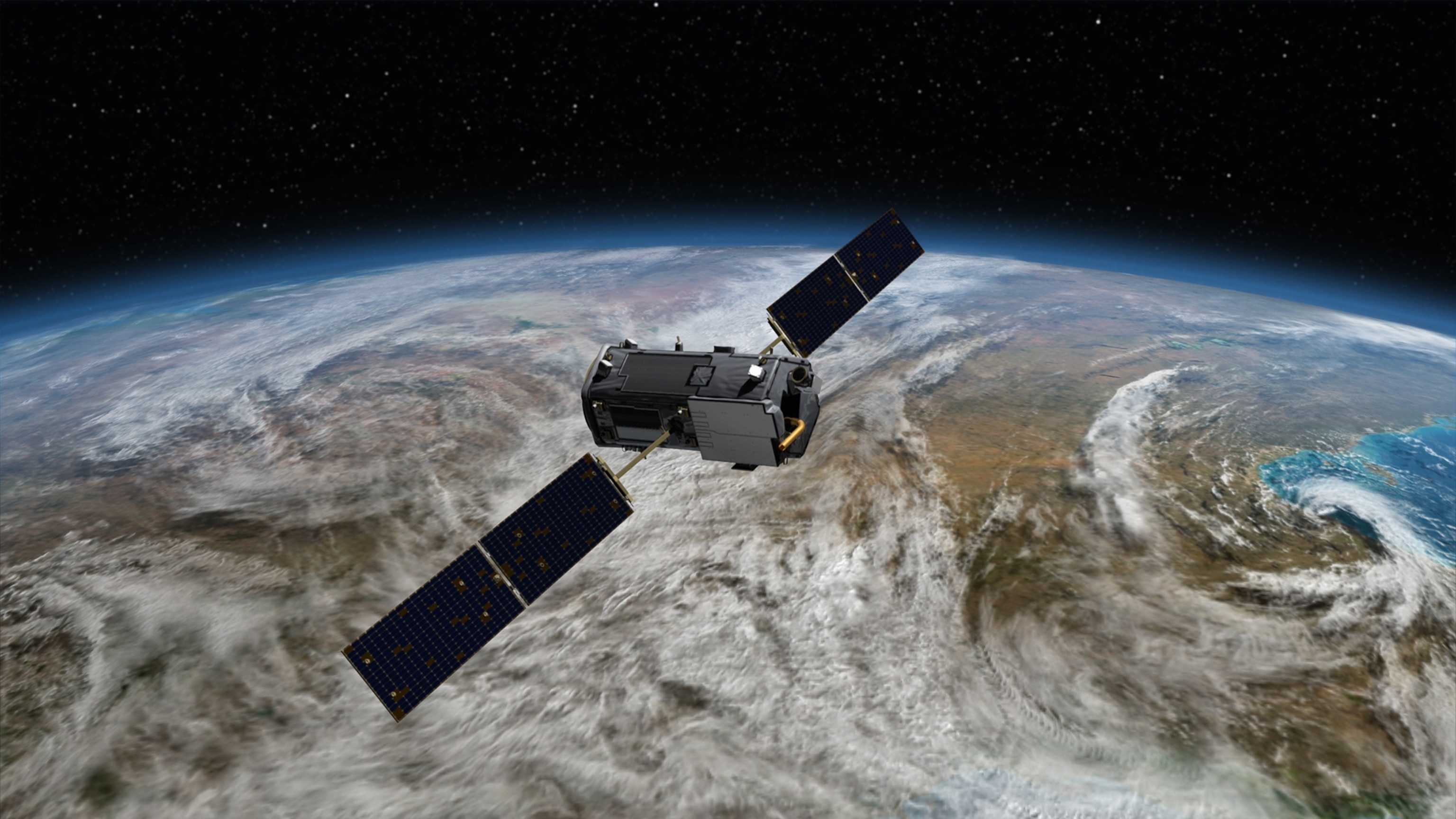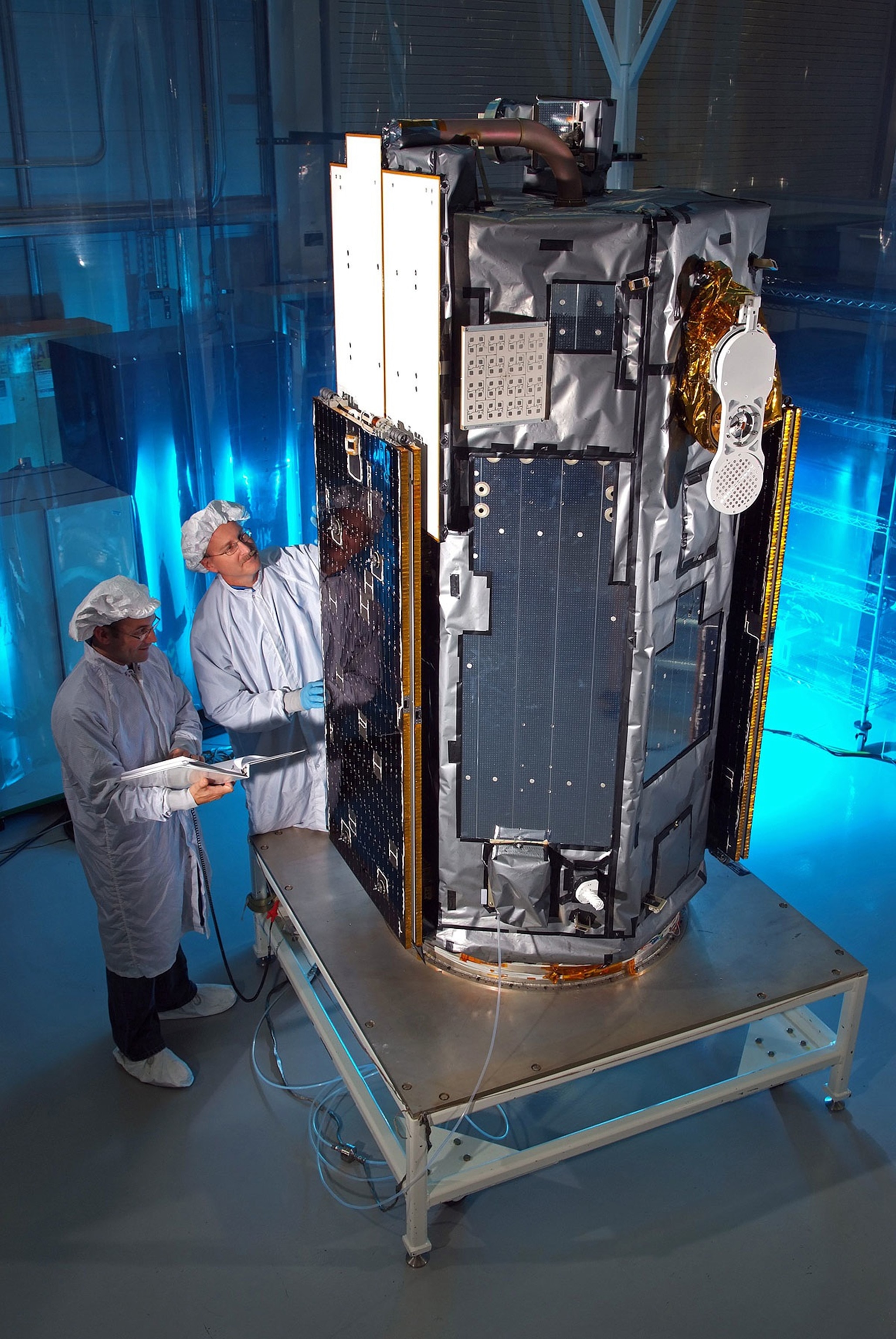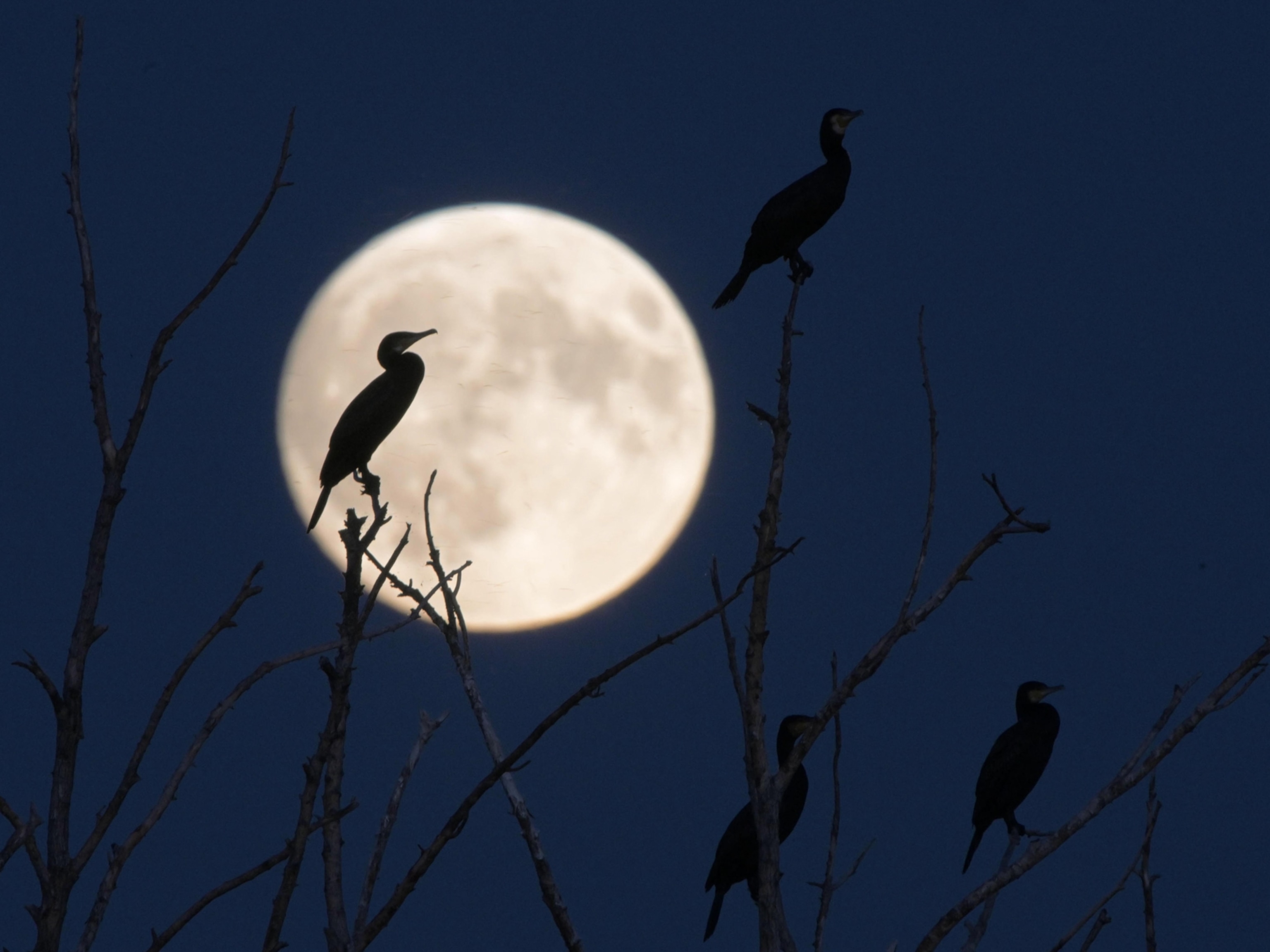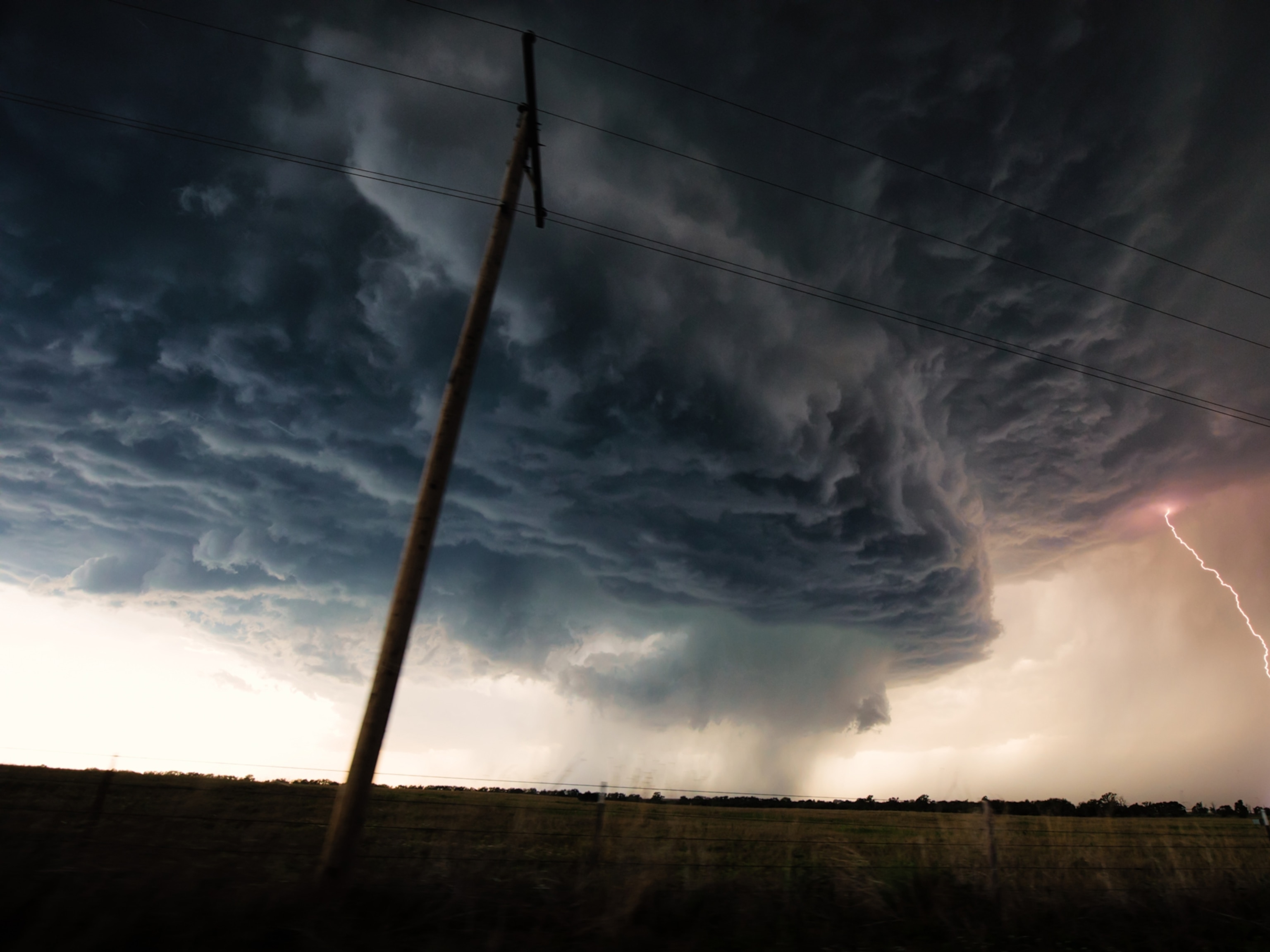
NASA Launching Replacement for Lost Carbon Observer Spacecraft
A spacecraft to monitor carbon dioxide worldwide heads for a July launch.
NASA's newest spacecraft, the Orbiting Carbon Observatory-2, aims to map the amount of carbon dioxide—the big gorilla of greenhouse gases—in the skies of its home planet.
Scheduled for a July 1 launch from Vandenberg Air Force Base in California, the $475 million mission replaces the first Orbiting Carbon Observatory, lost during launch in 2009 in a mishap that planted it in the ocean off Antarctica.
"We're excited about this opportunity to finally complete some unfinished business," said the spacecraft team's Ralph Basilio of NASA's Jet Propulsion Laboratory in Pasadena, California. "It was heartbreaking to lose the first mission."
The new spacecraft, OCO-2, an upgraded version of the lost one, will essentially re-map atmospheric carbon dioxide once every 16 days with 99.7 percent accuracy. (Related: "Federal Climate Change Report Highlights Risks for Americans.")
The launch follows the Obama administration's proposed Clean Air Act regulations, which seek to curb carbon dioxide emissions from power plants, and comes as international negotiators look ahead to a United Nations climate meeting in Paris. (Related: "Dire UN Climate Reports Raise Questions About Global Willpower.")
OCO-2 is NASA's first carbon dioxide tracking satellite, launched as Japan's less capable Greenhouse Gases Observing Satellite (GOSAT) reaches the end of its five-year mission.
When the first OCO mission crashed, engineers presented plans for a replacement mission to NASA within days. The delay in launching the new orbiter came from picking a new rocket after NASA canceled an initial contract for a relaunch on a Taurus rocket, the same kind that failed in 2009.
"The spacecraft is not quite a carbon copy" of the original mission, says Basilio, though he notes that most of the team remains from the first mission. A third mission, OCO-3, might put similar carbon tracking instruments on the International Space Station. However, OCO-3 is on hold, awaiting funding.
From an altitude of 438 miles (705 kilometers), the satellite will measure where the carbon dioxide in the atmosphere comes from and where it ends up.
The spacecraft will "watch the Earth breathe," says NASA's Betsy Edwards, who heads the mission management at NASA headquarters.
The spacecraft will map the entire globe's carbon dioxide to a resolution within 1.2 square miles (3 square kilometers). Industrial emissions will be depicted in shades of red, while uptake by forests in such places as the Amazon will be shown in shades of green.
Carbon dioxide traps heat in the atmosphere; without it Earth's average surface temperature would be below freezing. But its concentration in the atmosphere now measures about 400 parts per million, a 42 percent increase since the start of the industrial revolution. Burning fossil fuels, such as oil, gas, and coal, and making cement has largely driven the increase.
"Some of the big stationary sources," such as coal-fired power plants, "will certainly stand out," says JPL scientist Mike Gunson. "Larger urban areas and manufacturers we will certainly see."

Carbon Conundrum
Some of the carbon dioxide that humanity releases disappears every year, absorbed by the ocean or by plants. "Roughly half of the carbon dioxide we emit is taken out of the atmosphere every year," Gunson says.
The leftover gas has built up in the atmosphere and is the biggest driver in the global warming seen over the past century, an increase of about one degree Fahrenheit (0.6 degrees Celsius), according to NASA. It has also led to a roughly 30 percent increase in the acidity of the oceans over that time, a threat to coral, oysters, and other marine life.
Currently, scientists rely on about 160 ground stations to monitor carbon dioxide levels, leaving big areas of the globe unmonitored, including India, Africa, South America, and the oceans.
That means scientists don't know where all the carbon dioxide is coming from or where it goes, Gunson says. "We'd like to look at the rain forests, which are thought to play a big role in the carbon cycle," as carbon is locked away by plant life as it grows and released when it dies.
Carbon dioxide persists in the atmosphere for centuries, unlike other greenhouse gases, such as methane. If politicians are going to create programs to cut carbon dioxide emissions, offering cash "credits" for reductions, for example, then tracking emissions from satellites like OCO-2 will make such agreements easier to enforce, NASA suggests.
Launch Ahead
The first carbon observer failed when the clamshell-shaped housing on its launch rocket failed to fall away from the satellite in orbit. The extra weight dragged the spacecraft back to Earth. The failure had four possible causes, including an electrical failure or a snagged cord. Hunting down the exact reason and fixing it to recertify the Taurus rocket for flight looked as if it would be too costly to justify the expense, one of the reasons that NASA went with a different rocket.
That failure was an expensive one in both time and money, says Edwards. The replacement orbiter cost about $275 million and the new rocket, a Delta II, cost $200 million.
The launch will carry OCO-2 to an orbit that will allow it to travel around the Poles once every 99 minutes, in formation with the "A-Train" international suite of five other Earth-observing satellites that measure clouds, rain, snow, and other atmospheric gases.
"We feel really confident about the spacecraft," Basilio says, citing recent JPL tests of the instruments that will be aboard.
During a mission scheduled for just two years due to tight budgets, the satellite should take more than one million measurements, he says.
Follow Dan Vergano on Twitter.








